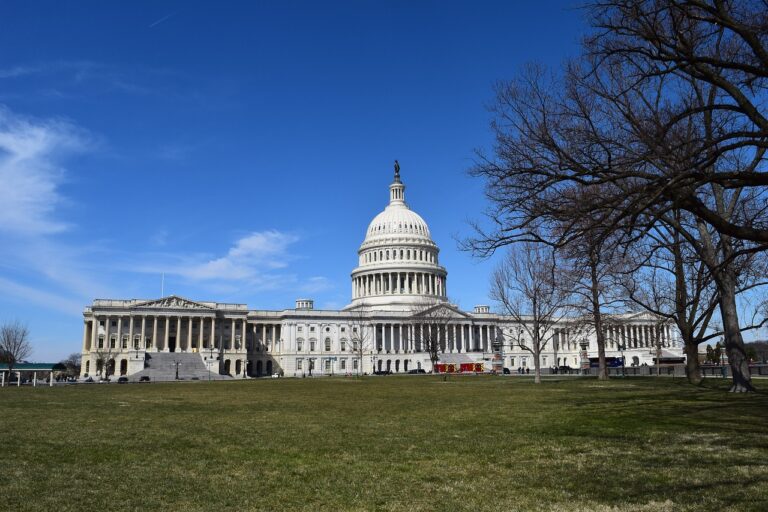Evaluating the Role of Election Forecasting Models in Strategy
sky247 sign up, diamondexch9.com login, tigerexch vip:As election season approaches, political parties and candidates are constantly seeking ways to gain an edge over their opponents. One tool that has become increasingly popular in recent years is election forecasting models. These models use historical data, polling information, and other factors to predict the outcome of an upcoming election. But just how reliable are these models, and how can they be used effectively in campaign strategy?
Understanding the Role of Election Forecasting Models
Election forecasting models are statistical tools that analyze various data points to predict the outcome of an election. These models can take into account a wide range of factors, such as polling data, economic indicators, historical voting patterns, and more. By crunching the numbers and looking at trends, these models can provide valuable insights into the potential outcome of an election.
The Role of Election Forecasting Models in Campaign Strategy
For political parties and candidates, election forecasting models can be a valuable tool in shaping campaign strategy. By understanding the predicted outcome of an election, parties can allocate resources more effectively, target key demographics, and tailor their messaging to resonate with voters. These models can also help in identifying swing states and key battlegrounds where candidates need to focus their efforts.
Using Election Forecasting Models Effectively
While election forecasting models can be a useful tool, they are not infallible. It’s important to remember that these models are based on historical data and assumptions, and there is always a margin of error. Therefore, it’s crucial for parties and candidates to use these models as a guide, rather than a definitive prediction.
To use election forecasting models effectively, parties should:
1. Consider multiple models: There are many different election forecasting models out there, each with its own methodology and assumptions. By looking at a range of models, parties can get a more comprehensive view of the potential outcome of an election.
2. Stay up to date: Election forecasting models are constantly evolving as new data comes in. Parties should stay on top of the latest trends and updates to ensure they are making decisions based on the most accurate information.
3. Combine with other tools: While election forecasting models can provide valuable insights, they should be used in conjunction with other tools, such as polling data, focus groups, and on-the-ground organizing efforts.
4. Be prepared for surprises: No election is ever completely predictable, and unexpected events can always shake things up. Parties should be prepared to pivot their strategy based on new developments and changing trends.
5. Learn from past mistakes: Election forecasting models are not foolproof, and they can sometimes get things wrong. Parties should learn from past mistakes and consider where these models may have fallen short in the past.
6. Stay focused on the big picture: Election forecasting models can provide a lot of data and analysis, but parties should always keep the big picture in mind. Ultimately, the success of a campaign will depend on connecting with voters and delivering a compelling message.
FAQs
Q: How accurate are election forecasting models?
A: While election forecasting models can provide valuable insights, they are not always 100% accurate. There is always a margin of error, and unexpected events can impact the outcome of an election.
Q: Can election forecasting models predict all elections?
A: Election forecasting models are based on historical data and assumptions, so they may not always be able to predict the outcome of every election. Factors such as voter turnout, candidate quality, and external events can all play a role in shaping the final result.
Q: How can parties use election forecasting models in their campaign strategy?
A: Parties can use election forecasting models to allocate resources more effectively, target key demographics, and tailor their messaging to resonate with voters. These models can also help in identifying swing states and key battlegrounds where candidates need to focus their efforts.
In conclusion, election forecasting models can be a valuable tool in shaping campaign strategy. By understanding the predicted outcome of an election, parties can make more informed decisions and stay ahead of the competition. However, it’s important to remember that these models are not infallible and should be used in conjunction with other tools and strategies. By staying flexible, staying informed, and staying focused on the big picture, parties can make the most of election forecasting models in their campaign efforts.







